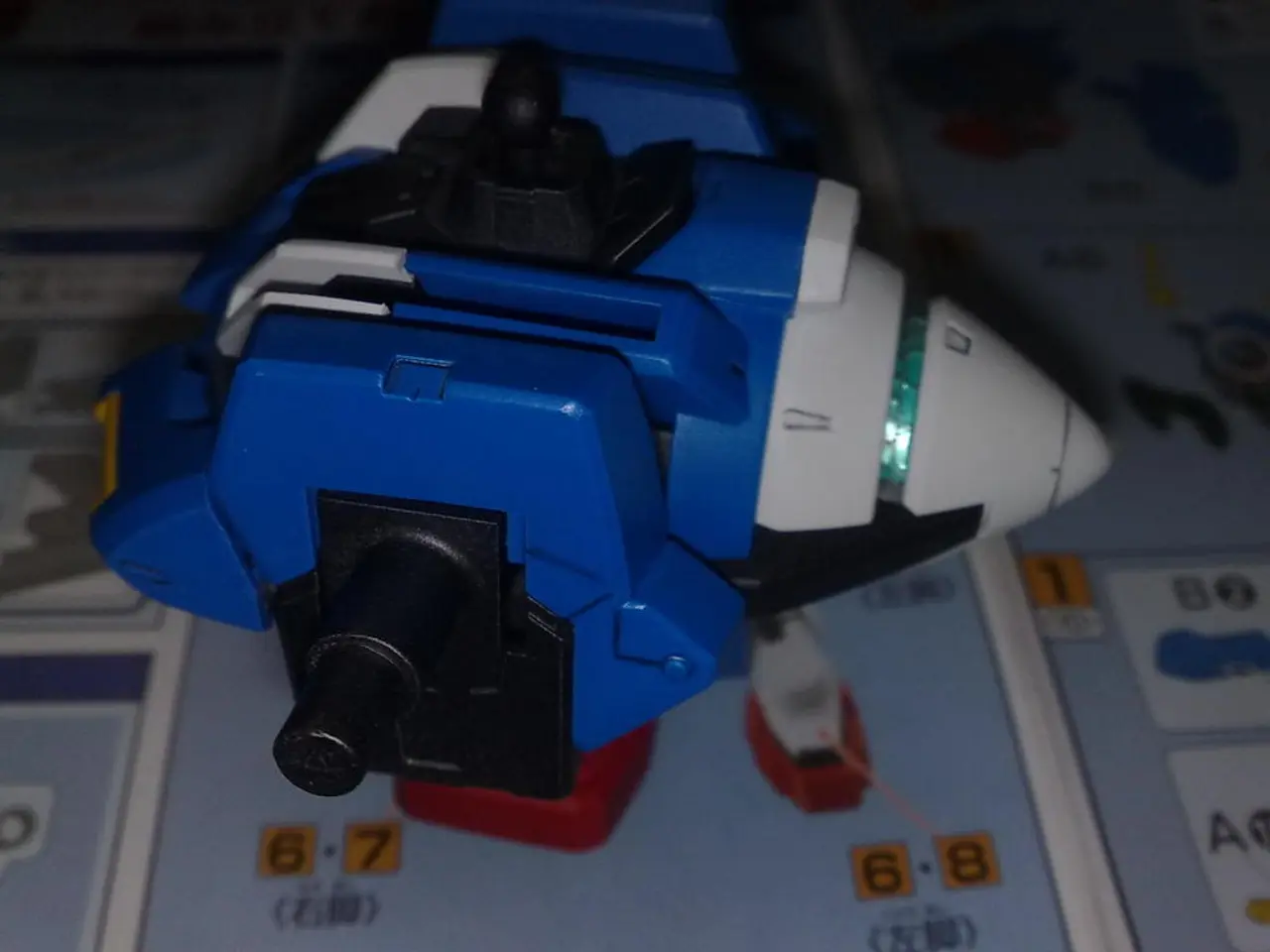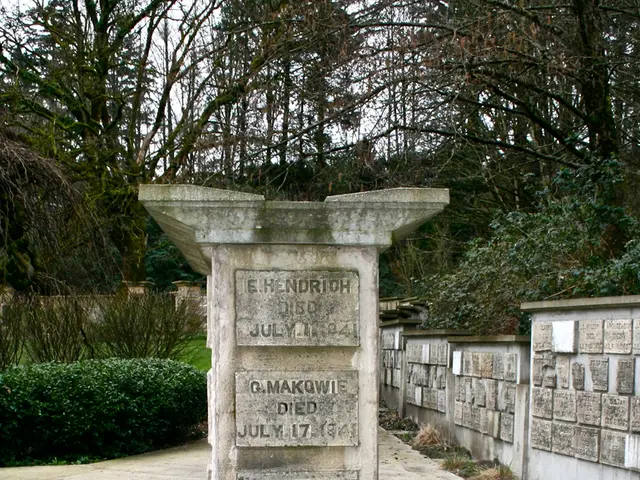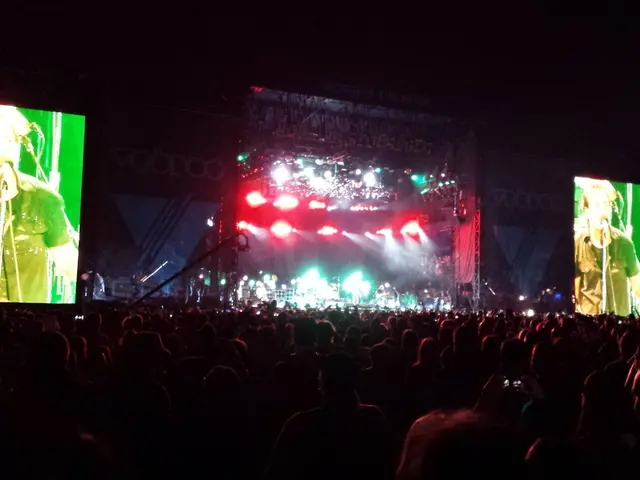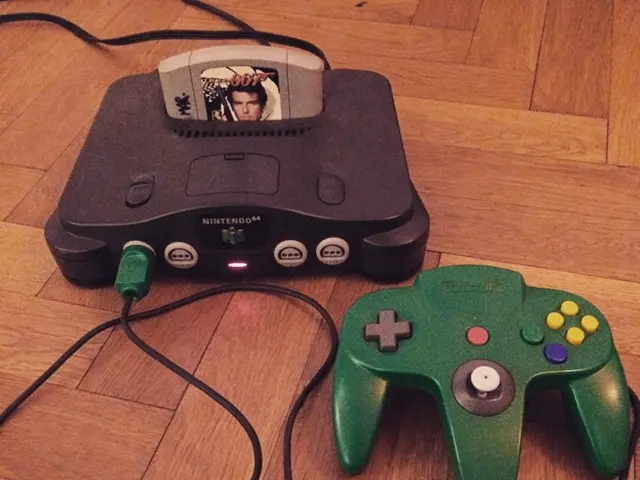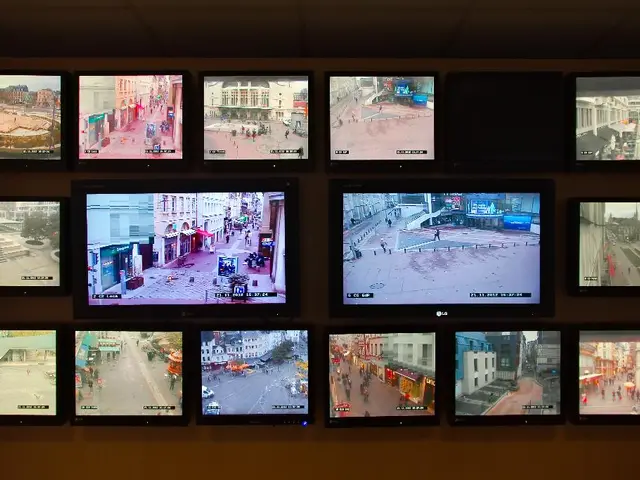Exploration of the missing Super Mario title, internally known as Mario 128
In the late 1990s, the gaming world was abuzz with excitement as Nintendo announced the development of a sequel to the ground-breaking Super Mario 64. Codenamed 'Mario 128', the game was set to push the boundaries of 3D gameplay even further and introduce new concepts to the beloved Mario franchise.
The development of Mario 128, or Super Mario 64-2 as it would eventually be known, began in 1997. Shigeru Miyamoto, the mastermind behind the Mario series, envisioned a game that would take advantage of the new technology found in the 64DD, allowing Mario and Luigi to be playable simultaneously.
Mario 64-2 was initially intended for the Nintendo 64DD console. However, the console never gained commercial interest, and the limited success and poor sales of the 64DD hardware led to the cancellation of the highly anticipated game.
Despite the cancellation of Mario 64-2 for the Nintendo 64DD, development continued. There were rumours of a possible release on the GameCube in 2000. However, Nintendo eventually moved away from the idea of a direct sequel to Mario 64.
The Nintendo 64DD's lack of commercial success also led to the cancellation of many other projects, including remakes of classic games like Zelda and Sonic the Hedgehog. In contrast, the DS version of Super Mario 64, released years later, introduced characters other than Mario as playable characters, including Yoshi, Luigi, and Wario.
Super Mario Sunshine, released in 2002, is often seen as the sequel to Super Mario 64. However, purists argue that it is more of a spin-off than a direct sequel. Despite this, Sunshine included many elements that would have been used in Mario 64-2, such as the introduction of F.L.U.D.D., the water pack, and the open-world gameplay.
In the world of fan projects, a Super Mario World remake using the Unreal Engine has gained significant attention, with Creative Bloq covering it extensively. This project, while not an official sequel to Super Mario 64, showcases the enduring appeal of the Mario series and the fans' desire for a true sequel to the iconic Super Mario 64.
To this day, the cancellation of Super Mario 64-2 remains a topic of discussion among gaming enthusiasts. The game's potential impact on the evolution of the Mario series and 3D gameplay in general is a fascinating subject for speculation. While we may never get to play Mario 128, its legacy continues to inspire fans and developers alike.
